I am currently working with clinical assessment data that is scored and output by a software package in a .txt file. My goal is extract the data from the txt file into a long format data frame with a column for: Participant # (which is included in the file name), subtest, Score, and T-score.
An example data file is available here: https://github.com/AlexSwiderski/CatTextToData/blob/master/Example_data
I am running into a couple road blocks that I could use some input into how navigate.
1) I only need the information that corresponds to each subtest, these all have a number prior to the subtest name. Therefore, the rows that only have one to two words that are not necessary (eg cognitive screen) seem to be interfering creating new data frames because I have a mismatch in columns provided and columns wanted.
Some additional corks to the data: 1) the asteriks are NOT necessary 2) the cognitive TOTAL will never have a value
I am utilizing the readtext package to import the data at the moment and I am able to get a data frame with two columns. One being the file name (this includes the participant name) so that problem is fixed. However, the next column is a a giant character string with the columns data points for both Score and T-Score. Presumably I would then need to split these into the columns of interest, previously listed.
Next problem, when I view the data the T scores are in the correct order, however the "score" data no longer matches the true values.
Here is what I have tried:
# install.packages("readtext")
library(readtext)
library(tidyr)
pathTofile <- path.expand("/Users/Brahma/Desktop/CAT TEXT FILES/")
data <- readtext(paste0(pathTofile2, "CAToutput.txt"),
#docvarsfrom = "filenames",
dvsep = " ")
From here I do not know how to split the data, in my head I would do something like this
data2 <- separate(data2, text, sep = " ", into = c("subtest", "score", "t_score"))
This of course, gives the correct column names but removes almost all the data I actually am interested in.
Any help would be appreciated whether a solution or a direction you might suggest I look for more answers.
Sincerely,
Alex


